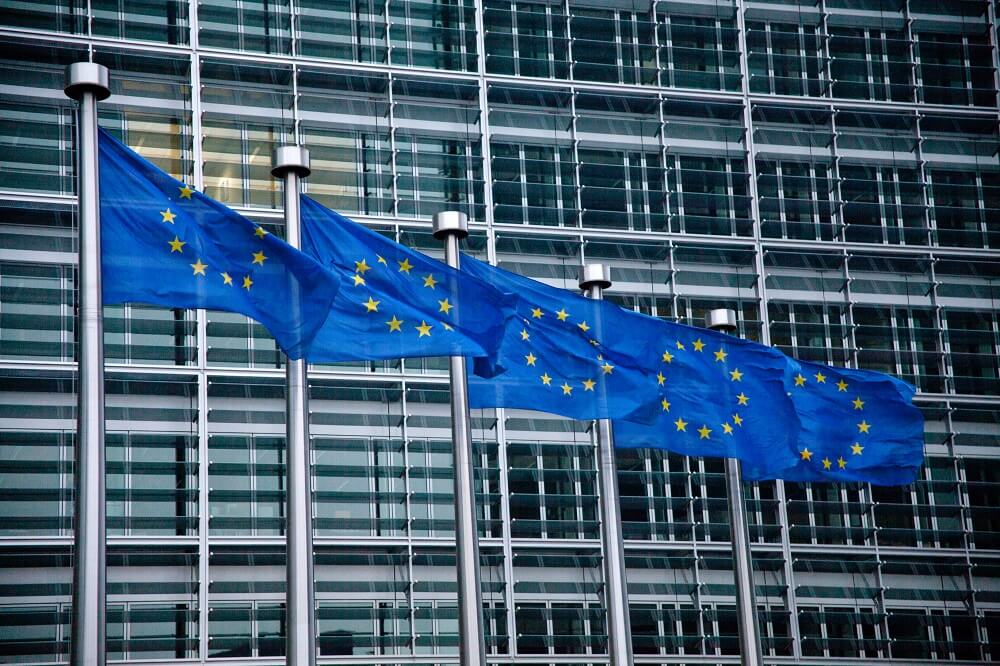
Implementing the EU Trade Mark Directive 2015 into UK law – the latest news
At the end of June 2018, the UK Government published its response to its consultation on the implementation of the EU Trade Mark Directive 2015.
Although the timetable for responding to the consultation was extremely tight and only ten responses were received before the consultation closed, the overriding impression from the Government’s response is that of a cooperative dialogue with industry representatives. The Government acknowledged that the responses it received were “very helpful” in refining the language of the Statutory Instrument (“SI”) which will bring in the necessary changes to the UK’s Trade Marks Act (“TMA”) and Rules.
Not all the amendments to be made to the TMA were included in the consultation as they were obviously considered uncontroversial given the wording of the Directive. However, of those included in the consultation, many were detailed and complex. The following major points are worth highlighting:
• The Government asked various questions about the digital file formats that might be used by applicants following the deletion from s.1(1)(a) TMA of the need for the graphical representation of a mark. The Government stated its clear intention to accept applications for marks in the widest range of file formats that is technically possible. The practical, technical and legal implications of some of the proposals are still being worked through.
• The provision in s.6(3) TMA which requires expired marks to be taken into account for one year after expiry when considering the registrability of a later mark is contrary to the Directive and will be repealed. This will mean they will no longer be notified to applicants as earlier rights. An applicant could therefore, in good faith, start to use their mark only for it to be the subject of a dispute once the earlier mark is restored. In order to protect the applicant, similar provisions to those found in the Patents Act 1977 and the Designs Act 1949 will be introduced which protect the legitimate activities of third parties who use an identical or similar sign in the period between the expiry of a registration and its restoration.
• The home-grown provision on comparative advertising in s.10(6) TMA is contrary to the Directive and will be repealed. Instead, use of a sign in comparative advertising contrary to the Misleading and Comparative Advertising Directive 2006/114/EC is listed in s.10(4) TMA (together with use of a sign a trade or company name) as one of the (new) specific uses capable of being an infringement.
• A couple of useful provisions in the fight against counterfeits are included in the amendments, namely:
- New s.10A TMA provides for potentially fake or counterfeit goods originating outside the EEA to be detained by customs authorities when they are passing through the UK without being released for free circulation; and
- Certain preparatory acts relating to counterfeiting in relation to a broad range of items associated with packaging labels or other materials are now included as infringing acts in ss.10(3B), (3C) and (3D) TMA.
• Following the responses, the remedies provided for in the draft SI in relation to the use of trade marks in dictionaries (new s.99A TMA) will be watered down and made subject to the judge’s discretion.
• New s.11A TMA introduces a non-use defence preventing trade mark owners from using unused rights in infringement cases.
• The Government accepted the respondents’ statements that s.30(4) and (5) TMA should not be repealed. These sub-sections provide that the trade mark owner must be included in infringement proceedings brought by licensees and, if added as a defendant and taking no further part in the proceedings, shall not be liable for the costs.
• The Government also accepted that the provisions in s.13 TMA allowing trade mark owners to disclaim or limit part of a trade mark should be retained.
The Government now needs to find time to lay the SI before Parliament (hopefully sometime in the summer), in order to implement the changes necessary before 14 January 2019 – the deadline stipulated in the Directive.








